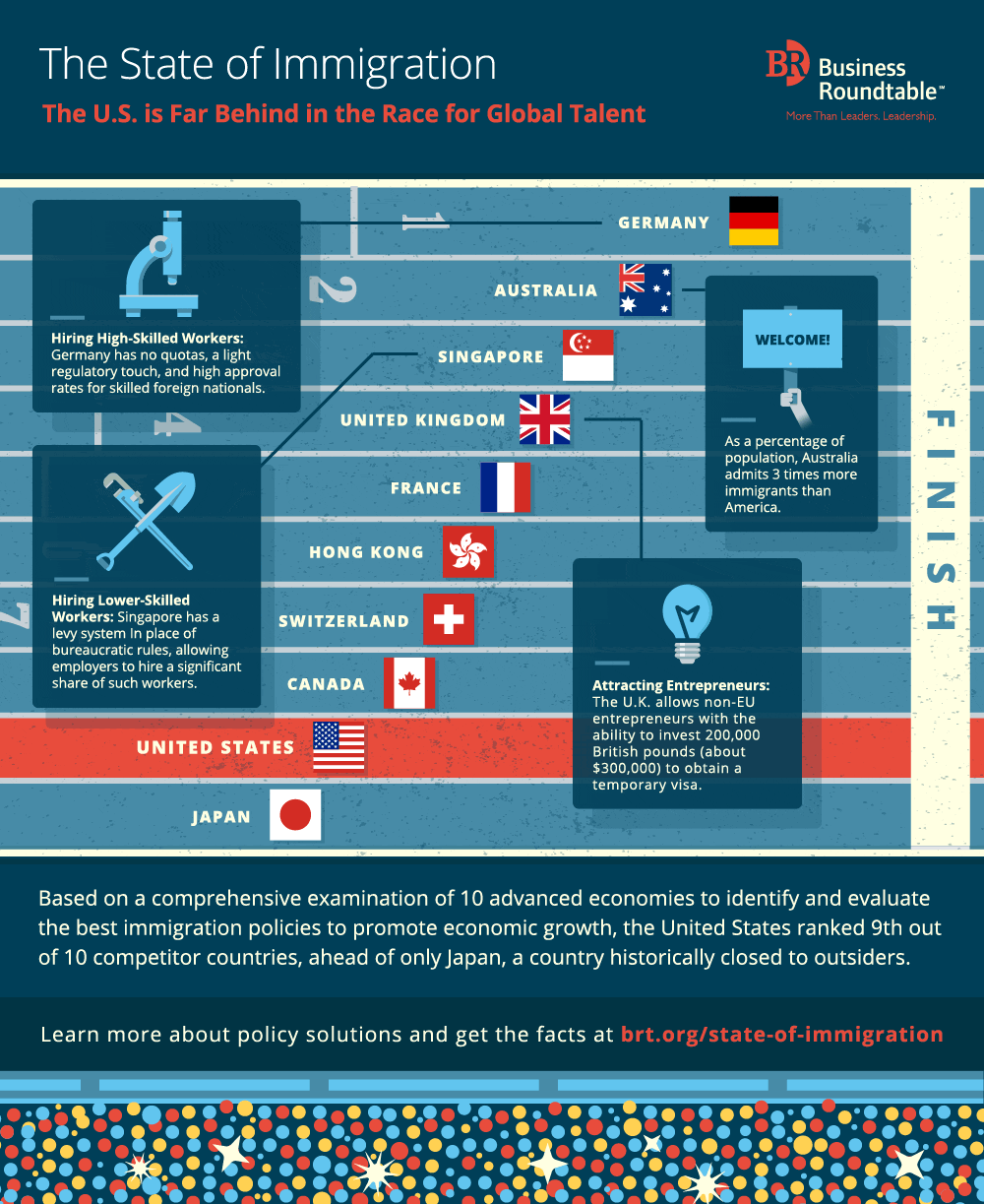Long-haul Flights From La Guardia
Flights that are longer than 1,500 miles are currently banned from New York's La Guardia Airport, however regulators are considering removing the ban, and the effect on ticket prices, air traffic, noise and operations. This restriction is decades old, going back to 1984. The Port Authority of New York and New Jersey, are looking into the perimeter rule, “to determine whether it remains in the best interest of the region’s air travelers.” The authority said any change would occur only after thorough analysis and consultation with all interested parties in a public and transparent manner.”
Journalist Andrew Tangle and Jack Nicas reported;
“The mix of flights at La Guardia would change materially,” said Mike Boyd, president of aviation-consulting firm Boyd Group International. “Why would you have a 50-seat jet going to Charlottesville when that slot can be used for a 150-seat jet going to Seattle?”
Discussions on lifting the rule began late last year and have accelerated recently, people familiar with the talks said. The authority plans to study how abolishing the rule would affect air traffic, ticket prices, noise and operations at the region’s airports, these people said. The study could be completed within a few months, and lifting the rule would require approval by the bistate authority’s board of 11 commissioners, these people said. The discussions come as the governors of New York and New Jersey recently backed a report that, in part, called for easing regulatory burdens at the region’s airports.
Delta Air Lines Inc. and American Airlines Group Inc. control 40% and 28%, respectively, of the departing seats at La Guardia. JetBlue Airways Corp. and United Continental Holdings Inc. have much smaller positions there and have instead invested heavily in John F. Kennedy International and Newark Liberty International airports, which could lose some value if travelers can fly nonstop to more destinations from La Guardia.
Officials at two airlines said Delta has been lobbying Port Authority officials to reconsider the perimeter rule. Delta declined to comment.
Rob Land, JetBlue’s senior vice president of government affairs, said officials should complete a long-awaited project to replace a key terminal building before embarking on a rule change that would pack more travelers into an already overcrowded airport.
“The deplorable conditions at La Guardia from a customer perspective as well as an airline perspective operationally are only getting worse by the day and we have yet to begin the yearslong ‘pardon our dust’ period that is the Central Terminal project,” Mr. Land said. “It would seem the last thing we want to do is add more crowds to La Guardia until we appropriately address capacity issues.”
La Guardia’s two main 7,000-foot runways could support aircraft that can reach some near European cities, such as London and Paris, and Latin American destinations like Mexico City and Bogotá, Colombia. But La Guardia lacks a federal border-clearance facility, which is needed to accept travelers from most international airports, and has little space to add one.
RELATED
Still, without a perimeter rule, airlines at La Guardia could serve a handful of new international destinations, including Dublin and Vancouver, because those airports can pre-clear U.S.-bound travelers under agreements with U.S. border officials. Airlines already serve Toronto, Montreal, Ottawa and Halifax from La Guardia.
Travelers, politicians and airline officials have criticized La Guardia, built in 1929, for being outdated. Vice President Joe Biden last year said it was out of a “Third World country.”
The next step in a project to replace La Guardia’s 50-year-old Central Terminal Building, known to travelers as Terminal B, has been delayed until at least April pending the outcome of a broader design competition for New York airports. Some industry officials said they worry that lifting the perimeter rule could further delay La Guardia’s overhaul—concerns that are shared by some at the Port Authority, a person familiar with the process said. “Lifting the perimeter rule will absolutely have some impact on the procurement,” the person said.
The perimeter rule has roots in the 1950s, when the Port Authority limited La Guardia flights to within 2,000 miles, according to court documents. The authority formalized the rule in 1984 but tightened the restriction to 1,500 miles, with the exception of Denver. The rule isn’t in effect on Saturdays, and some airlines have experimented with longer flights on that day. Delta currently flies to Aruba and back on Saturdays.
The idea was to limit air traffic at La Guardia to business travelers and steer vacationers taking longer-distance flights to farther-flung Newark Liberty and JFK airports.
An executive at one airline said officials implemented the perimeter rule partly because decades ago, La Guardia’s runways could only handle aircraft that could fly less than 1,500 miles or so. But 30 years later, smaller jets can fly much farther than they used to.
“Today’s aircraft performance is such that it’s a really an anachronistic design to divide markets between La Guardia and the long-haul New York airports,” said Bob Mann, a New York-based airline consultant.
Limiting carriers to a 1,500-mile radius from La Guardia has resulted in nonstop service for a few dozen smaller cities in the eastern U.S., including Roanoke, Va., Lexington, Ky., and Bangor, Maine. Airline officials and consultants said that because slot restrictions prohibit carriers from adding more net flights at La Guardia, airlines would almost certainly drop flights to smaller cities in exchange for new service to the West Coast. Airlines stand to earn far more by flying larger planes to bigger cities than on serving small cities with 50-seat jets.
“This will change [smaller cities’] access to New York,” said Mr. Boyd, the airline consultant. “But it’s good business—the highest and best use of an asset.”"





 Because of the risk, buyers rarely use red clause letters of credit. However, buyers such as the mosaic tile importer, who have to pay cash up-front, may consider the red clause letter of credit as a viable alternative.
Because of the risk, buyers rarely use red clause letters of credit. However, buyers such as the mosaic tile importer, who have to pay cash up-front, may consider the red clause letter of credit as a viable alternative.





 Unfortunately, the supplier dispatched the candy one day after the latest date allowed for shipment. When the issuing bank noted this discrepancy, they contacted the applicant for approval to pay, but the applicant declined because the late shipment meant missing the festival date. The Greek bank was notified that payment had been refused.
Unfortunately, the supplier dispatched the candy one day after the latest date allowed for shipment. When the issuing bank noted this discrepancy, they contacted the applicant for approval to pay, but the applicant declined because the late shipment meant missing the festival date. The Greek bank was notified that payment had been refused.










